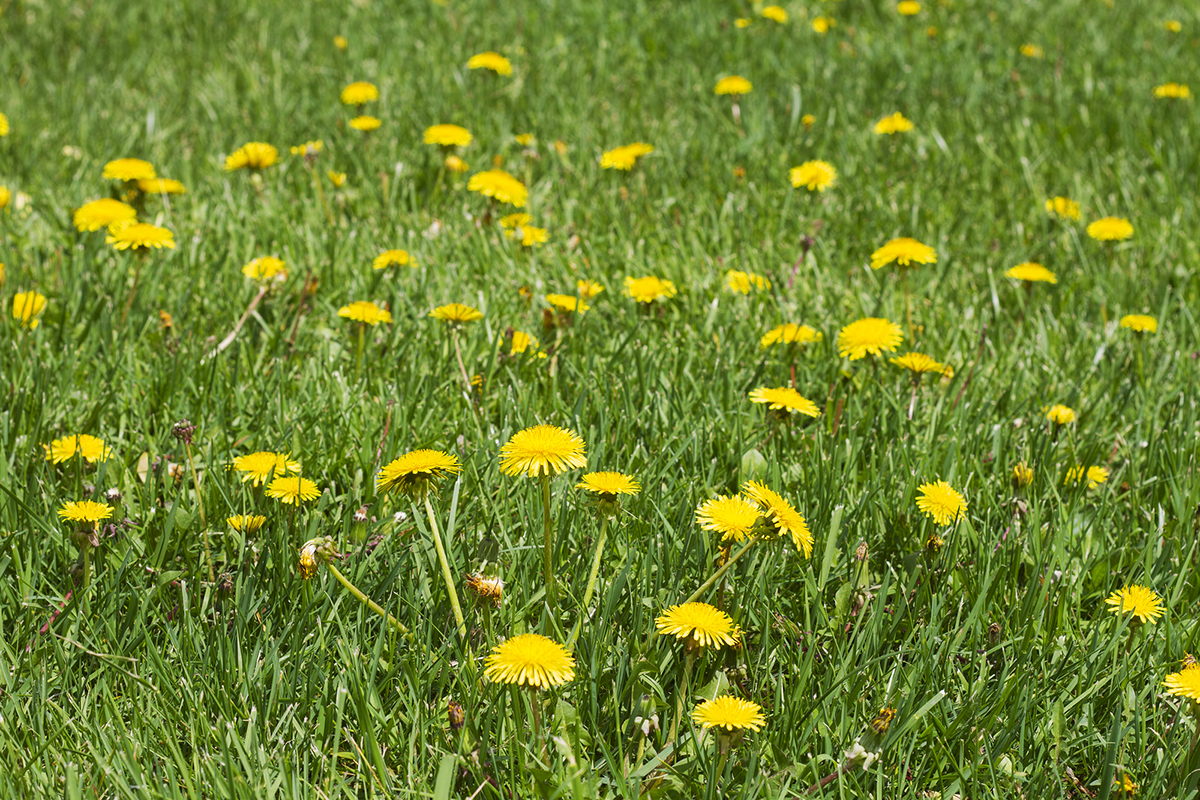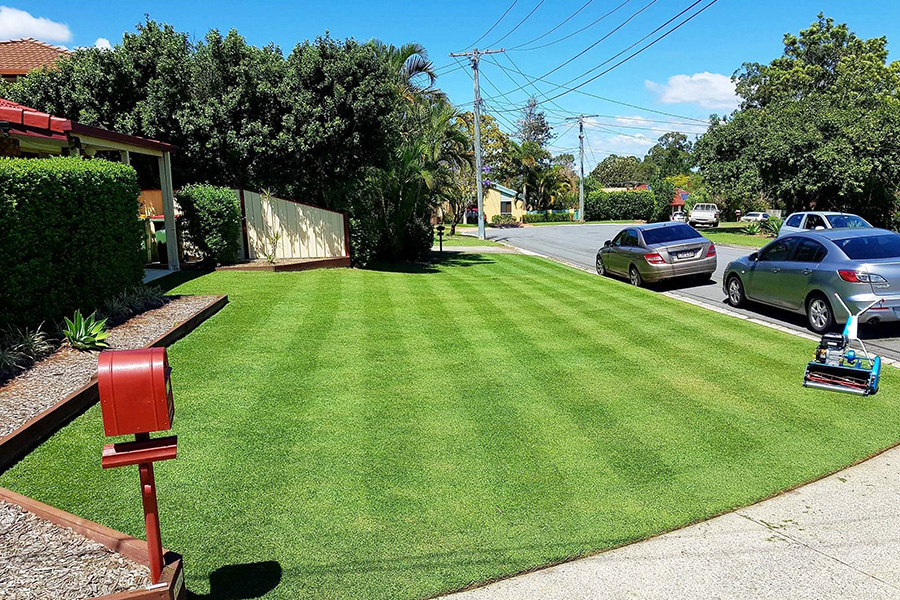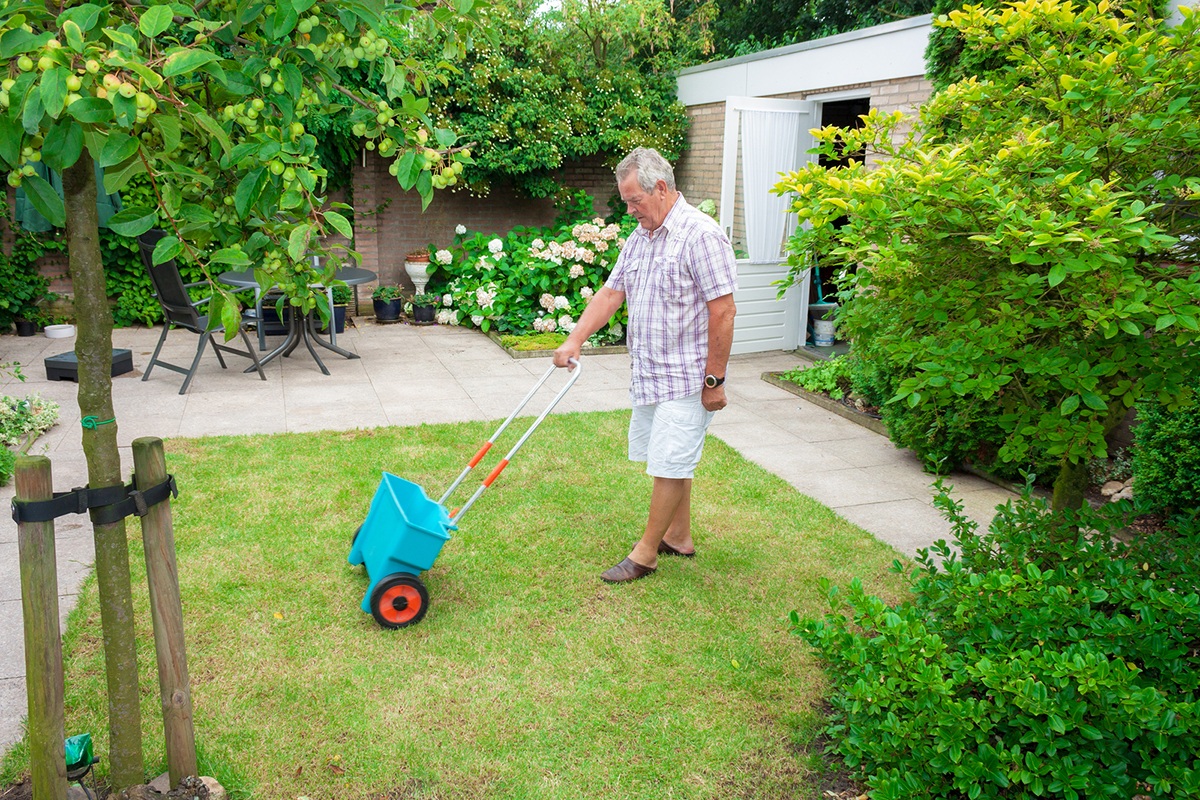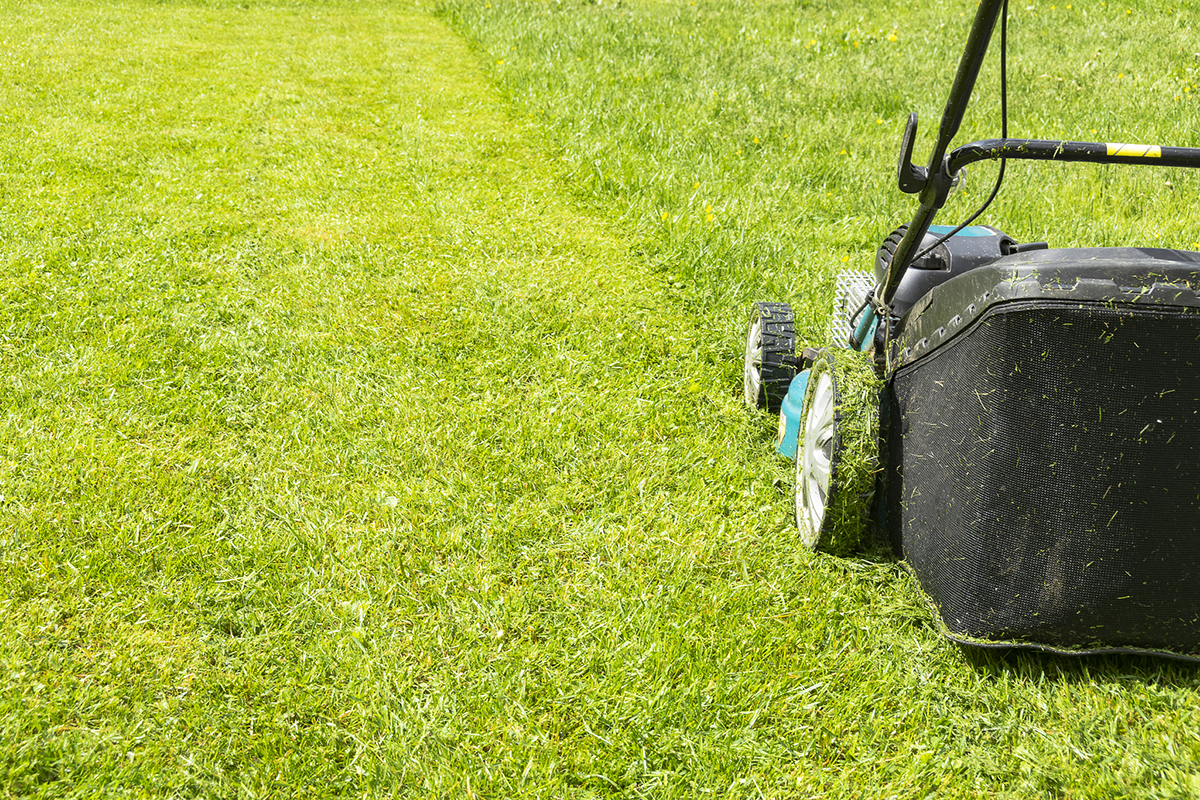The best way to avoid weeds and pests in your lawn is good lawn health. Regular mowing, watering and appropriate fertilising all promote a healthy lawn, which is your best defence to unwanted weeds or lawn pests.
There are many herbicides and pesticides available to target various lawn weeds and pests. Some lawn varieties are sensitive to particular herbicides and pesticides so be sure to buy one that will suit your lawn and target the right type of weeds. Most herbicides and pesticides can be bought from nurseries or home and gardening stores.
Common Weeds
Prevention
Prevention is always better than cure! Maintaining a healthy lawn will help to stave off weeds as they won’t be able to grow well.
If weeds persist, hand weeding is the best option before deciding on a herbicide. If the weed develops seeds, regular mowing should help remove them before they spread.
Bindii
Bindii is a small rosette forming weed that produces small, green-yellow flowers. The seeds of bindii can be spikey, which can be painful to walk over bare foot.
Bindii needs to be treated early before the prickly seed heads have formed. You can purchase a general broad leaf weed killer that is suited to your lawn type. It’s best to treat these in early spring when they first appear.
To eradicate bindii completely, apply a pre-emergent herbicide around April-June to prevent them returning next summer.
Buy a specialised bindii killer that is safe for your lawn type and follow the manufacturer’s instructions. You may need to repeat the process to ensure all the weeds are killed.
Paspalum
Paspalum can grow to over a metre tall if undisturbed. However it can also adapt to its surroundings, so it can also grow laterally and can avoid the regular mowing process.
Paspalum can be difficult to kill and usually needs to be hand weeded for total removal. A selective weed killer is available for some lawn types (couch and fescue), however, it should only be recommended under the advice of professionals and should not be used on other lawn types.
A spot treatment of glyphosate is also effective if performed with care.
Clover
Clover has a leaf structure of three round leaflets sitting on the end of a stem.
Clover often thrives when the soil is low in nitrogen. Fertilising to improve the nitrogen levels in the soil can help reduce it. Mowing with a catcher can also help to prevent the spread.
Herbicides are also available to treat clover. Make sure you choose a clover killer that is safe for your lawn type. You may need to reapply the treatment a couple of times before it completely eradicates the clover.
Onion grass
There is no quick fix with onion weed. The best option is to hand weed it and make sure you pull it all out from the roots. Pulling it out will give the best chance of it not returning the next year.
Winter grass
Winter grass is a light green weed that thrives in lawns throughout winter.
The best treatment for winter grass is pre-emergent, applied after the weed has germinated but before it can be seen. The best time to do this is in April or May so that the weed does not set in during winter.
Common Pests
Ants
A purpose ant killer from a local nursery or hardware store will eradicate ants nesting in grass.
African black beetles
Most lawns can withstand a small population of black beetles and are not worth treating. However it is their larvae, commonly known as white curl grubs, that do the most damage. Beetles are most active in early to mid spring and late summer. Spray your lawn with Confidor, Bug Kill, Conquest or something similar and repeat in spring if they reappear.
Lawn grubs
If you have lawn grubs, it’s best to speak to an expert. There are some products available for various grubs, however, expert opinion is always the first step. Give your lawn a thorough water after applying the pesticide, particularly over summer. It’s best to do the treatment when it’s mild and your lawn has some moisture in it rather than in hot, dry conditions.
To prevent lawn grubs from taking hold, avoid watering late in the evening as some grubs like a moist environment and will thrive in a damp lawn over night, and aerate to encourage deeper, more resilient roots.




